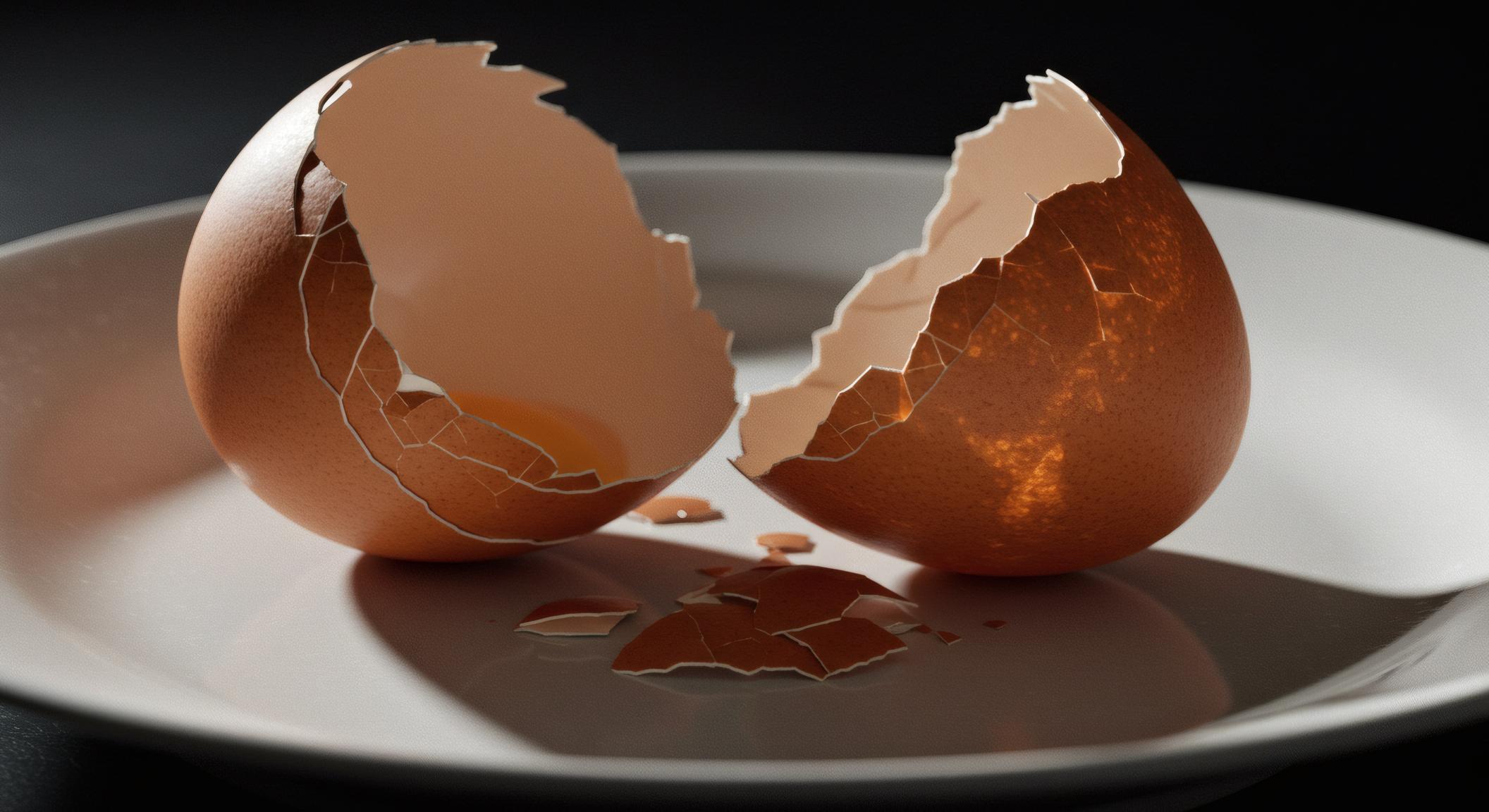
When you think of pearls, you probably imagine elegance, luxury, and beauty—perhaps adorning a necklace or a pair of earrings. Eggshells, on the other hand, are something most people toss into the trash or compost bin without a second thought. But here’s a fascinating fact: eggshells and pearls are made of the same primary material—calcium carbonate.
Calcium carbonate (CaCO₃) is a common substance found in rocks, shells, and marine organisms. It exists in several crystalline forms, the most notable being calcite, aragonite, and vaterite. Both eggshells and pearls contain this compound, though they differ in the structure and formation process.
In eggshells, calcium carbonate mainly takes the form of calcite—a strong but porous crystal structure. This is what gives eggshells their firmness and ability to protect the developing chick inside. Surprisingly, a chicken’s body mobilizes calcium from its bones to form an eggshell if its diet is lacking in calcium, showing how essential and prioritized this material is in nature.
Despite being composed of the same chemical substance, eggshells and pearls have vastly different appearances and functions. One is designed for practicality—providing a hard but breathable shell to protect life; the other is a defensive response that ends up creating something visually stunning. It’s nature using the same ingredient in two incredibly different ways.
Interestingly, scientists are now exploring ways to reuse eggshells—once considered waste—in valuable applications. Due to their high calcium carbonate content, crushed eggshells are being investigated for uses in soil enrichment, water purification, and even medical treatments like bone graft materials. This recycling potential echoes the long-standing value of pearls and their origins in the natural world.
So next time you crack an egg, take a moment to appreciate that humble shell. Beneath its plain appearance lies a connection to one of the world’s most beautiful gems. Eggshells and pearls are proof that nature often reuses its best materials—sometimes to create life, sometimes to create beauty, and always with purpose.